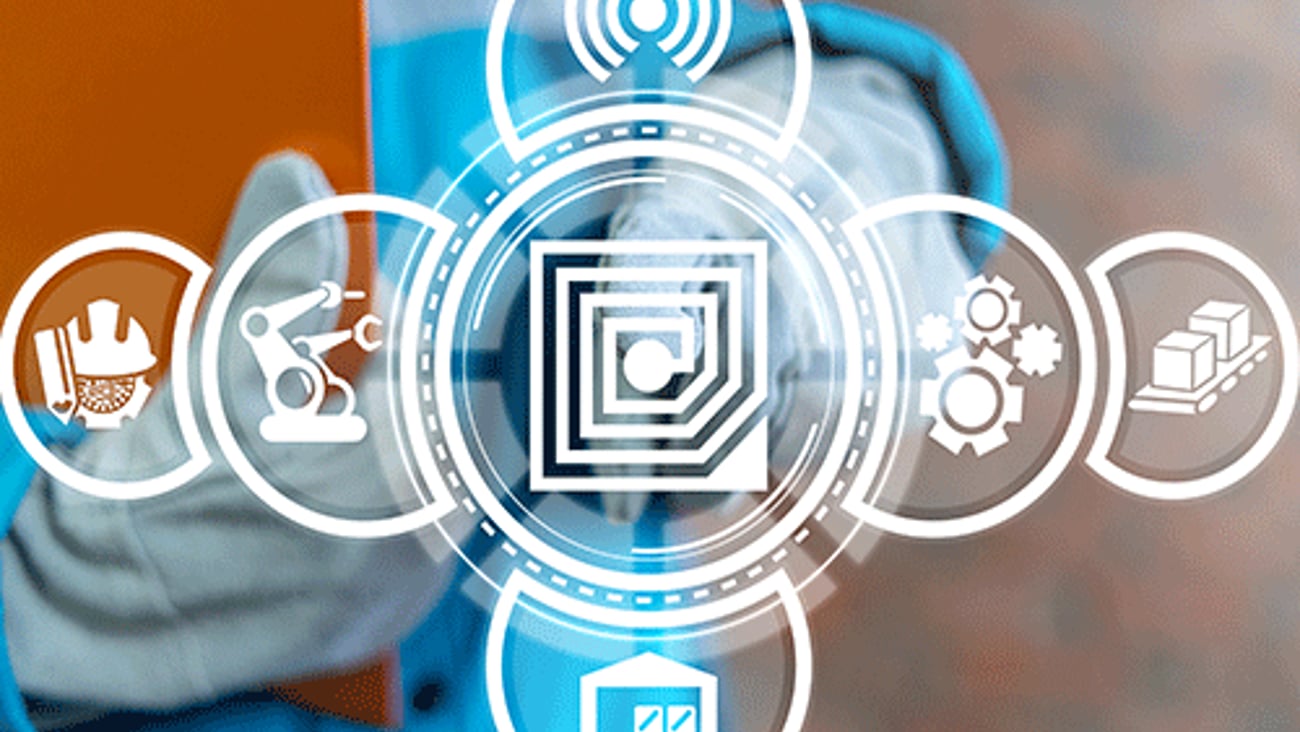This Valentine’s Day, give your customers some space
Even the best relationships can benefit from a little distance.
In the spirit of the impending Valentine’s Day holiday, in this column I’m looking at ways retailers can show love to their customers by backing off and allowing them some independence. Let’s look at how pickup lockers, autonomous delivery, and virtual products enable you to give customers what they want, without hanging all over them.
Pickup lockers
While buy online, pick up in store (BOPIS) and curbside pickup options can provide contactless fulfillment for online orders, these methods still involve some type of scheduling or notification so store associates can prepare products for customer pickup. Remote pickup lockers completely eliminate the need for customers to engage in any planning or communication with a retailer to fulfill their online purchase.
In a recent example of how pickup lockers can provide customers with affectionate service and plenty of private space, some Canadian Tire locations are moving beyond pilot stage with the implementation of smart contactless product retrieval lockers.
Select stores are partnering with retail technology services and solution provider Direct Source, workspace furnishings manufacturer Safco, and technology company Synq to deploy the companies’ jointly developed, multi-use smart locker system in their stores. Shoppers can place an order online or in-store, and then retrieve their products or services from a secure locker which can be placed either inside or outside the store.
Customers can open the lockers via their personal smartphone for a seamless check-out process. Consumers can also use the lockers to make contactless returns using their smartphone, with no app required.
Autonomous delivery
An increasing number of grocery, convenience, and fast food retailers are piloting a wide variety of autonomous delivery vehicles, which include self-driving cars as well as wheeled robots. Autonomous vehicles eliminate the driver from the delivery experience, offering a streamlined and truly contact-free process.
Several major retailers have been piloting all-electric autonomous vehicles from Nuro in the past few years, including Kroger, 7-Eleven, Walmart and Domino’s.
Nuro vehicles (and vehicles equipped with Nuro’s proprietary self-driving software and hardware), only carry products, with no onboard driver or passengers. Safety enhancements to the latest third generation of Nuro vehicles include an external air bag to further improve safety for pedestrians outside the vehicle, as well as a multi-modal sensing suite, including cameras, radars, lidar and thermal cameras.
Meanwhile, robotic delivery, both with piloted and fully autonomous devices, is expanding beyond its large-retailer origins with the autonomous Amazon Scout device. Other mid-to-large-sized retailers that have since tested four- and six-wheeled robotic delivery vehicles include Safeway – using remotely operated carts powered by Tortoise technology, and SaveMart – leveraging autonomous robots from Starship.
Cincinnati/Northern Kentucky (CVG) Airport and Los Angeles- based casual dining chain Crave recently partnered with autonomous robot startup Ottonomy Inc. to deliver retail and food items via the company’s “Ottobot” robots. Ottobots create a digital map of the serviceable area and localize within that map. The robots’ live location gets updated on the map while they are navigating autonomously to deliver the orders.
Virtual products
You have surely heard about the “metaverse” - the omnichannel environment where consumers use augmented and virtual reality technology to digitally engage with each other and their surroundings, with crossovers into the physical world.
While retailers can sell physical products via the metaverse, such as Charlotte Tilbury does in its virtual Beauty Secrets store, they can also sell virtual items that customers can use for their avatars (in-metaverse digital characters).
Current examples of retail metaverse experiences that offer virtual products include the Nikeland space from Nike, based on the popular Roblox gaming platform; as well as Ralph Lauren’s partnership with the Zepeto global social networking and avatar simulation app, which includes digital shopping.
In addition to giving customers maximum real-world space, virtual goods also enable the total elimination of physical overhead. Once the cost of designing and developing digital products (which is not cheap) has been expended, retailers avoid costs such as warehousing and distribution, as well as any potential reverse logistics expenditures.







